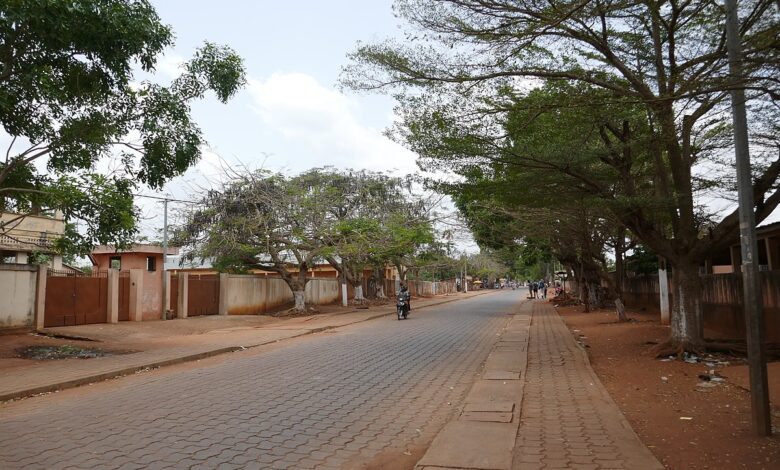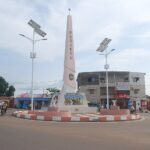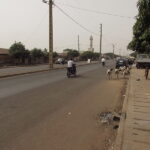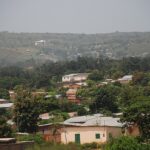Abomey

In the southern expanse of Benin lies the town of Abomey, strategically positioned approximately 60 miles (100 km) to the north of Cotonou.
Presumed to have its genesis in the early 17th century, Abomey swiftly ascended to prominence as the epicentre of the Abomey Kingdom, later known as Dahomey. This nomenclature characterized the nation until the conclusion of the 19th century. This dominion wielded considerable influence over production and trade, engaging in commerce with European entities along the Slave Coast. Abomey’s terrain is adorned with palm nuts and groundnut cultivation, interconnected by road and rail to Cotonou, the principal commercial hub, and Porto-Novo, the esteemed capital.
Within the confines of Abomey, the vestiges of regal palaces, the graves of monarchs, and an archival museum endure. Acknowledging its cultural significance, the royal palaces secured the esteemed title of a UNESCO World Heritage site in 1985. The town’s economic landscape bears the imprint of tourism, a pivotal contributor to its prosperity.
Map view
More about Abomey from Wikipedia
| ID |
|---|
| 9779 |
| Name |
| Abomey |
| State ID |
| 3073 |
| State Code |
| ZO |
| State Name |
| Zou Department |
| Country ID |
| 24 |
| Country Code |
| BJ |
| Country Name |
| Benin |
| Latitude |
| 7.18286000 |
| Longitude |
| 1.99119000 |
| WikiData ID |
| Q189685 |




